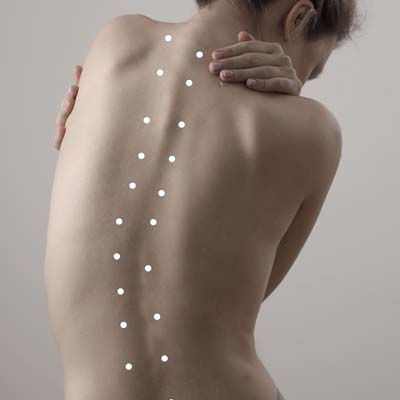Blogs
If I Have Bad Posture, Does That Mean I Have Scoliosis? Part 1

Posture is one of the leading concerns for people who come in to see us at The Scoliosis Center of Utah. “If I have bad posture, does that mean I have scoliosis?” We receive this question regularly, which tells us that there isn’t a clear understanding of the role of posture as it relates to scoliosis. In fact, many people don’t fully understand the role of posture, or scoliosis, at all. How does one affect the other? What can you expect posture to look like, feel like, and function like when you’re suffering from scoliosis (and when you’re not?). Read on to find out more.
Best Scoliosis Treatment, Salt Lake City Utah
Scoliosis is not always a life-interrupting condition. Thousands of people go about their lives without realizing that they have scoliosis or understanding exactly what scoliosis is and how it affects them. So, what exactly is scoliosis? Scoliosis is an unnatural curvature of the spine. This curvature is not a front-to-back/forward curvature—it’s actually an s-shaped twist that goes from one side to another. That means if you’re looking at an x-ray of someone who has scoliosis, taken from the front or back, the spine will look like an “s” (and this bend may be on either the left or right side).
Those who have scoliosis, unless it’s a severe case, often don’t understand what this means for them. This is particularly true for adults of all ages who have moved beyond the most malleable phase of their lives when the spine is easy to shift back into a more ideal shape. “How am I supposed to treat scoliosis?” They ask. For most, it’s not feasible to get a life-interrupted surgery, which can put them out of commission for up to three months. Additionally, most people don’t get into adulthood without realizing they have severe scoliosis.
For this reason, it’s not likely that you would have severe scoliosis as an adult. When scoliosis is severe, it typically affects the posture visually. This means that the s-shaped curve causes many other postural distortions and problems. These can be easily seen in a severe case just by examining the posture. One shoulder will be significantly higher than the other, one hip is often dropped, and the legs may appear to be different lengths.
The scoliosis that we see most often at the Scoliosis Center of Utah is mild-to-moderate scoliosis. For these patients, scoliosis wasn’t diagnosed or discovered in childhood, which means that they lived with the condition without knowing they had it for most of their lives so far. So, why come into our treatment center if scoliosis is mild? Patients often ask, “do I need to correct scoliosis if it doesn’t bother me,” or “do I need to correct scoliosis if it’s mild?”
The answer is—it depends!
Best Scoliosis Doctor, Salt Lake City
If you’re someone who has thought to yourself, “I’ve lived this long with scoliosis—why do I need to treat it now?” keep reading! There are many reasons why you’d want to treat scoliosis as an adult, even if you’ve lived with it for over 50 years. Scoliosis has a way of disrupting the neuro-musculoskeletal system that can cause all sorts of other problems. These problems, ranging from migraines to knee pain (and much more), may be assessed at a face value and treated superficially without ever realizing where the actual problem is.
How can I tell if scoliosis is affecting my health?
Don’t worry if you previously thought “if I can’t feel the problem, then I must not need to treat it.” That’s a very common thought, and there’s a very good reason to think that. After all, if you’re not experiencing any negative health effects, then why both treating scoliosis? But before we put the subject to rest, let’s make sure that you’re not experiencing any of the many symptoms that scoliosis causes in adults with mild-to-moderate cases. The truth is, you may have been experiencing symptoms this entire time without realizing it.
Migraines
Do you suffer from recurring migraines? If you do, then you know what a migraine is all about—whether it’s with aura or no aura, a migraine can ruin your entire day, and oftentimes, more than a few days a month. Migraines are a pain, and they can be caused by misalignment in the spine. When the spine is misaligned, even in the case of mild scoliosis that you can’t really “see” from the outside, nerves become pinched and deadened. The nerves that are responsible for transmitting sensory information to and from the brain to the spinal cord are critical for proper function. When they’re impeded, so is the flow of electrical energy in the body—which can cause migraines, headaches, and a host of other head/face-related issues (including sinusitis).
Fatigued Back or Back Pain
Is your back always “tired,” without any seemingly good reason? Is your back the first place to become fatigued when standing, walking, or even sitting? If you can never quite get comfortable with your back—in other words, it’s not easy to forget your back is there, doing its job—you may be suffering from the back pain and fatigue that scoliosis can cause.
Want to read more?
Continue to Part II to see what other symptoms you may be experiencing as a result of mild to moderate scoliosis!
Do You Qualify for Care?
Call Today to Schedule an Appointment 801-561-5090
